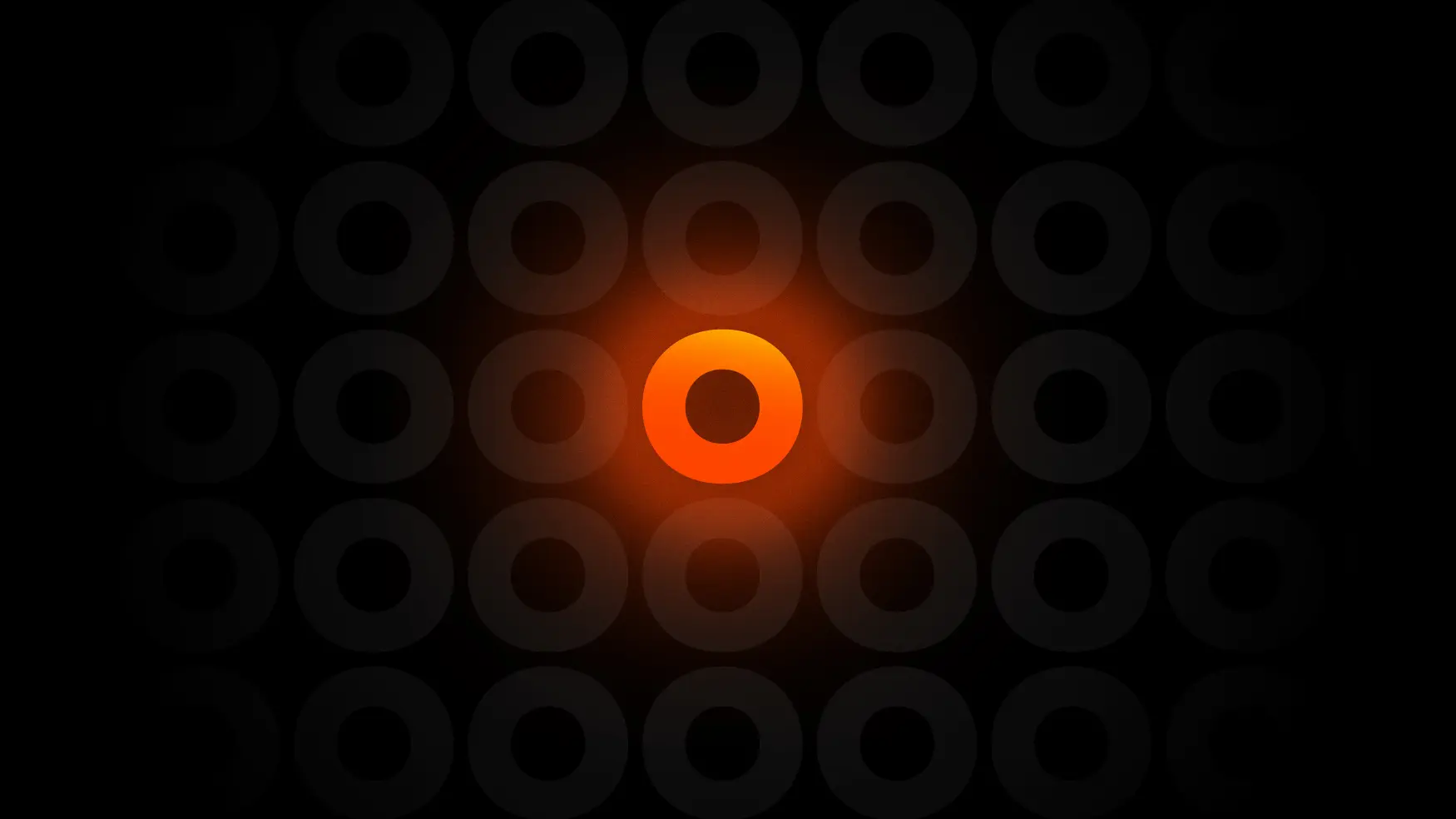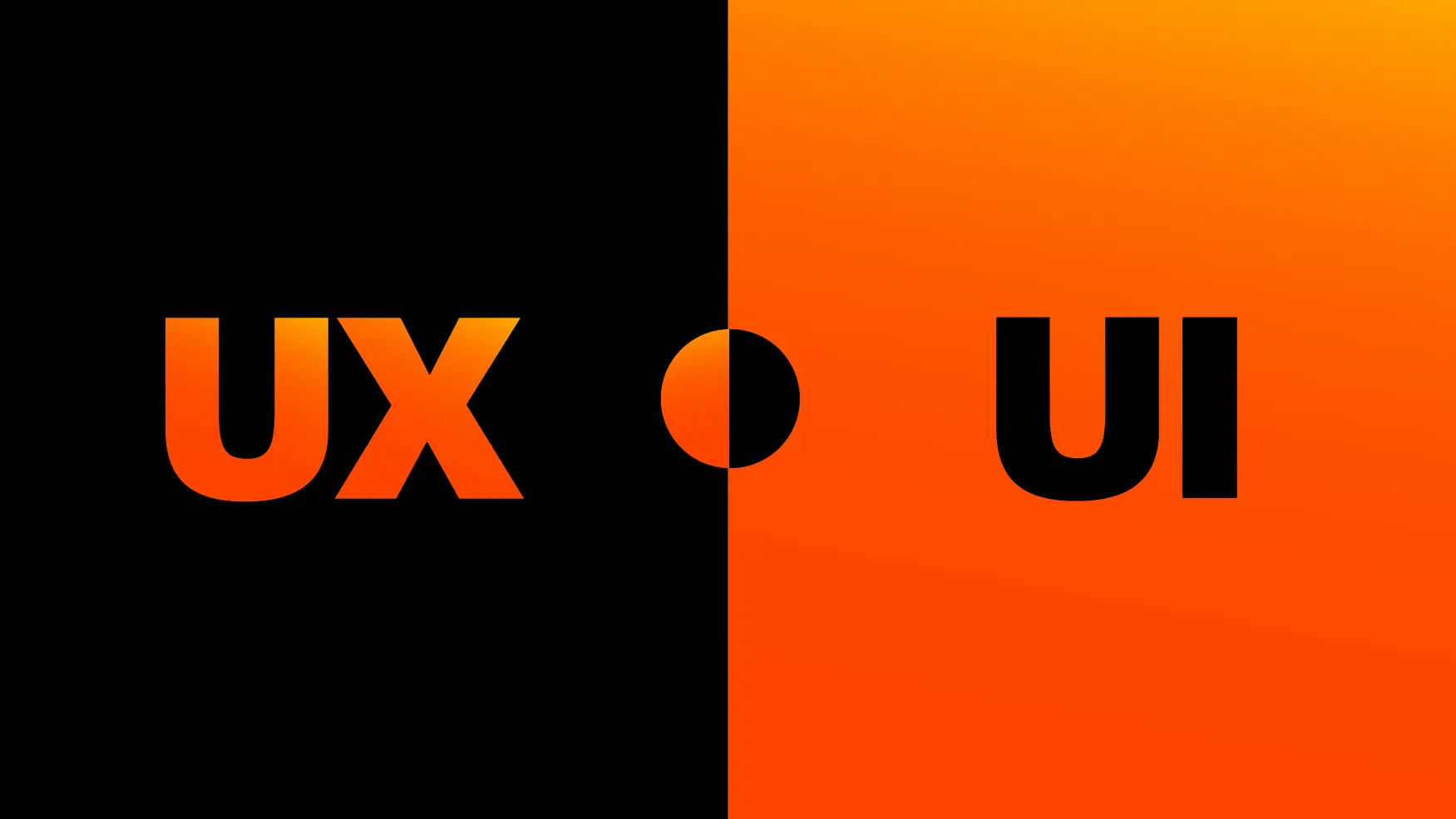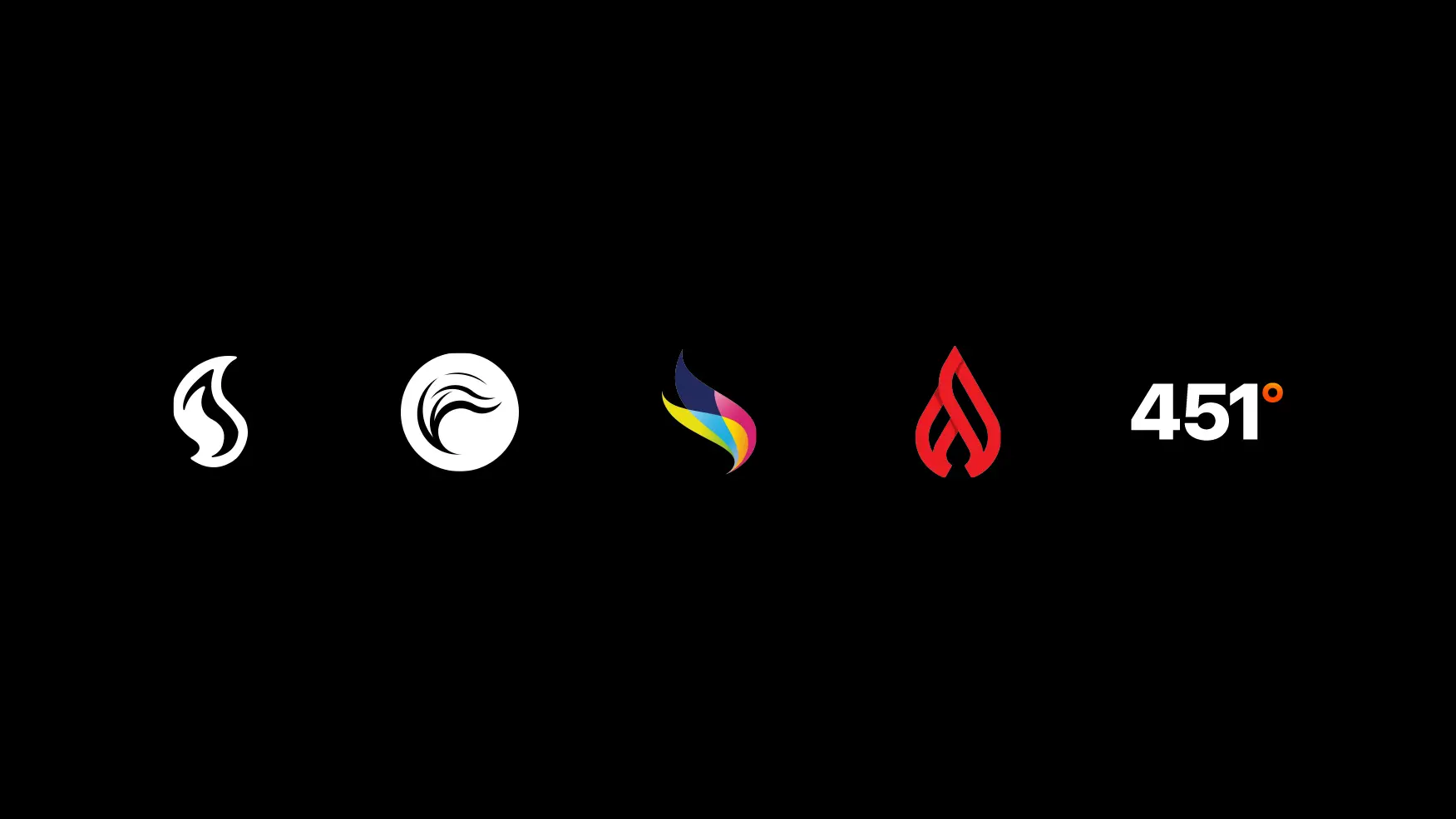The Creative Director: From Mad Men to AI Madness
I started in advertising at the tail end of the Mad Men era—where creatives had the luxury of time, attention, and full-length TV commercials. Fast forward a few decades, and we’re now navigating an industry where attention spans are shorter than a goldfish’s memory, and ideas must fit within a 10-word post.

Share this Article
If I had to summarize the evolution of creative thinking in advertising, I’d say it feels like being sucked into a black hole. Everything is getting condensed—less time, fewer words, shrinking attention spans, dwindling patience, and (let’s be honest) diminishing intellect. The light of creativity can’t escape. Remember when a one-minute TV spot was standard? Then came the 30-second ad, the 15-second cutdown, and the 6-second bumper. Now, we’re lucky if we get a couple of seconds and a handful of words to make an impact. It’s like asking a chef to create a gourmet meal with just salt and a boiled potato. Where’s the joy in that?
The Great Compression of Creativity
Advertising today is an extreme sport. The playground for creative ideas keeps shrinking, while AI tools give us access to limitless information at lightning speed. But here’s the kicker: AI doesn’t create new ideas. It reorganizes, regurgitates, and reprocesses existing ones. So if you’re banking on AI-generated content to write your next Cannes-winning campaign, good luck. (Though Cannes judges probably use AI, too.)
Decades ago, people encountered a handful of ads per day—some print, a few TV commercials, maybe a billboard. Today, we’re bombarded with thousands of messages—emails, push notifications, social media ads, in-app pop-ups, influencer promos, and branded content disguised as entertainment. The challenge isn’t just to be seen; it’s to be remembered. This overwhelming digital noise makes short-form content the default, but also the biggest challenge for brands.
Read or Be Redundant
Despite the flood of digital noise, one thing hasn’t changed: reading is still the best way to expand your creative toolbox. The irony? Fewer people are reading books or anything than ever before. And yet, as creatives, our job is to connect the dots in unexpected ways. If all you consume is trending TikTok videos, how do you expect to create something truly fresh? AI can summarize Moby Dick or The Aleph for you in two paragraphs, but if you’ve never read it, you’ll never fully grasp its depth, its nuance, or how it can inspire a completely unrelated, brilliant campaign idea.
Great creatives are like great musicians. You can’t compose a masterpiece if you only know three chords. The same way a jazz legend improvises by drawing on decades of music theory, or how Messi scores a golazo in a split second—not just because he’s a genius, but because he has trained every muscle in his body for years—advertising creatives need a deep well of knowledge and experience to strike the right note at the right moment. Our creative toolbox is not spontaneous; you have to fill it. How? Reading for creativity, of course.
AI Didn’t Create Itself
I have no clue what the future of advertising will look like five years from now. Maybe we’ll be crafting campaigns in virtual reality, or perhaps we’ll just be beaming ads straight into people’s brains. But I do know that true creativity will always come from us, The People, The Organics. AI didn’t create itself. Real minds did. And if we want to keep pushing the boundaries of what’s possible, we must keep learning, reading, and thinking beyond the algorithm.
I don’t give advice, but here is one for creatives, copywriters, marketers, and et all: Read more. Learn more. If you rely on AI to do all the thinking, your creativity might just be compressed into oblivion.
(And if you made it to the end of this article, congratulations! You’ve officially exceeded the modern attention span decline. Now go read a book.)
More News

The Fluidity of Interactive Design
The landscape of interactive design has undergone a huge transformation in recent years.

The Story Behind 451°: from paper to pixels
Our agency, 451° takes a queue from Ray Bradbury’s iconic novel, Fahrenheit 451 and makes our name just a number, although it’s much more than that.